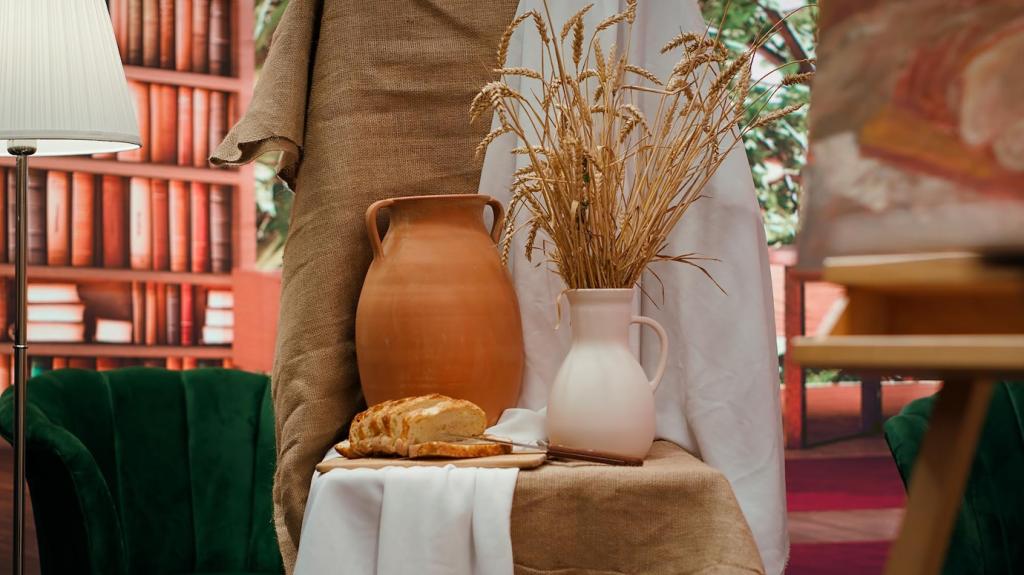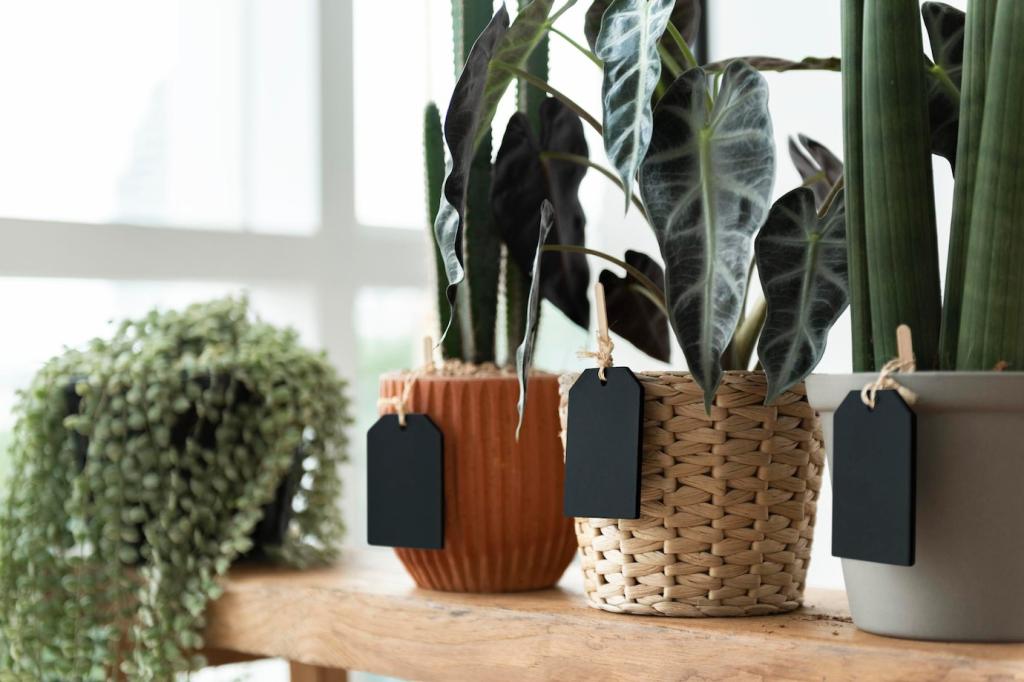
Eco-Friendly Home Decor Trends: Style With a Clear Conscience
Today’s theme: Eco-Friendly Home Decor Trends. Welcome to a home page devoted to beautiful spaces that tread lightly on the planet. Expect design ideas grounded in responsible materials, honest craftsmanship, and everyday habits that make your rooms healthier, calmer, and kinder to the Earth.
Why Eco-Friendly Decor Matters Now
Lowering Your Home’s Hidden Footprint
Every piece in a room carries a backstory of extraction, production, and shipping. Choosing recycled, reclaimed, or locally made decor cuts embodied carbon dramatically. Start with one switch—like a reclaimed coffee table—and tell us your first swap so we can cheer you on.


An old barn beam turned bookshelf keeps knots, nail holes, and history alive. It saves trees, avoids new milling, and adds instant warmth. One subscriber rescued floorboards from a theater and still finds confetti in the grooves. Share your favorite salvage find below.

Choose linen, hemp, jute, and organic cotton for textiles that breathe and biodegrade. Hemp resists wear, while linen softens beautifully through countless washes. Mix textures to elevate a neutral palette. If you have a favorite eco-friendly textile brand, drop a recommendation for the community.

Lamps made from recycled aluminum, vases blown from post-consumer glass, and brass hardware reclaimed from renovations shine with subtle imperfections. These details tell a responsible story in every glint. Tag us in your recycled-metal vignette for a chance to be featured in our newsletter.
Color, Light, and Mood the Sustainable Way
Mineral and Low-VOC Paints
Choose paints with low or zero VOCs and mineral-based formulas that deliver elegant, breathable finishes. Soft clay tones, chalky greens, and quiet blues set a restorative mood. If you’ve tried a brand you trust, tell us how coverage and odor compared to conventional paint.
Daylight as a Design Material
Mirrors opposite windows, pale curtains, and light-toned rugs bounce natural light deeper into rooms, reducing daytime electricity use. One reader placed a mirror in a hallway and cut lamp hours by half. Show us your best daylight trick and inspire another reader today.
Biophilic Hues and Plant Companions
Echo outdoor palettes with moss, sand, and bark tones, then layer plants for life. Snake plants, pothos, and rubber trees are forgiving companions, improving air and adding motion to still corners. Share your plant success story and join our monthly care challenge.

Room-by-Room Eco Upgrades
Pick a sturdy, secondhand sofa frame and refresh with removable, washable slipcovers made from organic fabric. Add a handwoven wool rug and recycled-glass lamps. A reader layered vintage throws to revive an old armchair; the makeover cost little and saved another item from landfill.
Room-by-Room Eco Upgrades
Upgrade lighting to LEDs, install a faucet aerator, and use long-lasting ceramic or glass containers for pantry staples. Vintage hardware and reclaimed open shelves look charming and cut new production. Share your favorite kitchen swap and we’ll compile a community-tested checklist.
Room-by-Room Eco Upgrades
Choose a natural latex mattress, solid-wood bed frame, and organic sheets. Blackout curtains reduce cooling loads and improve sleep quality. One couple repaired a mid-century dresser instead of replacing it and now admires the dovetail joints nightly. Tell us your repair win.
Shopping Smarter: Labels and Transparency
Look for FSC for wood, OEKO-TEX or GOTS for textiles, Greenguard for low emissions, and Cradle to Cradle for circular design. No label is perfect, but they are helpful signals. Comment with any confusing labels you’ve seen, and we’ll decode them in a future post.
Ask where materials are sourced, what finishes are used, and whether parts are repairable or replaceable. Transparent brands usually answer quickly and clearly. If a company dodges questions, consider alternatives. Share responses you’ve received to build a crowd-sourced accountability list.
Thrift stores, community swaps, and online marketplaces offer character and value. Set alerts for solid-wood pieces, then refinish with natural oils. Small budgets can still vote for better design. Tell us your best under-$50 find and how you styled it at home.
Care, Repair, and a Thoughtful Farewell
Routine Care Extends Beauty
Dust with microfiber, rotate rugs, and re-oil wood surfaces seasonally. These small habits prevent damage and delay replacement. A reader revived a dry dining table with two coats of linseed oil and gentle sanding. What item could you rescue with one hour this weekend?
Repair Culture Is Back
Fix-it cafés, upholstery workshops, and online tutorials make repairs approachable. Re-stuff cushions, replace zippers, and touch up finishes rather than starting fresh. Share your favorite local repair resource so neighbors can save pieces with history and reduce needless consumption.
Responsible End-of-Life
Donate to reuse centers, list items for free pickup, or use manufacturer take-back programs when available. Recycle metals and glass properly; wood can become garden edging. If you’ve navigated a tricky disposal, explain your steps so others can follow a clearer, greener path.
